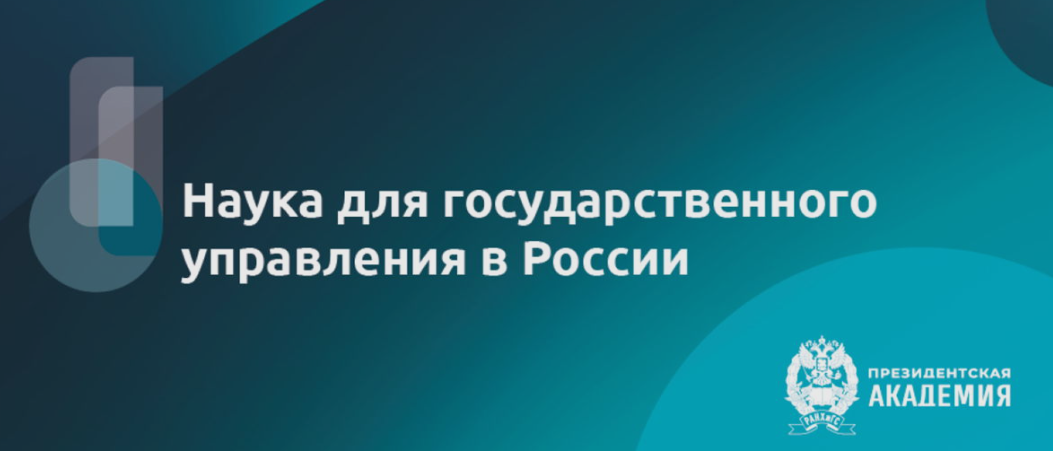ISSUES IN ACHIEVING TARGETED FUNDING FOR LEADING SCIENTISTS AND SCIENTIFIC COMMUNITIES USING INDEXES OF PUBLICATION ACTIVITY
Abstract
In order to increase the competitiveness of the Russian scientific-technological complex in the global environment, it is planned to increase competition through State funding, spent on research and development. This will allow the focus of investment resources on the most perspective ideas and projects of the most efficient scientists, communities and organisations. The article suggests that we will witness the widening of competitive forms of funding against the simultaneous and gradual cuts in the share of financing through State contracts.
One of the key criteria for evaluating the competency of team leaders and research applicants for State funding are measuring those who have «achieved high scientific results in concrete field of science», as a scientometric indicator, characterising their publication activity and citation rating.
The article provides evidence showing that evaluation of individual scientists and whole scientific communities based on their publication activity indicators and impact is limited and challenges the ability for targeted funding and transparency in the selection process for executive projects.
About the Authors
N. G. KurakovaRussian Federation
Moscow
O. G. Grigor’ev
Russian Federation
Moscow
References
1. Decree project from Russian Ministry of Education and Science «On establishing methodology recommendations on the distribution of grants, offered by Federal State institutions, completing State projects in the scientific (scientific-research) and scientific-technical activity» (2015) The Ministry of Education and Science of the Russian Federation.
2. Order of the Government of the Russian Federation dated 02 September 2010 № 671 «On the order of creating a State assignment for Federal State institutions and funding needed to complete the State assignment» / Internet-portal «Rossijskaja gazeta», 21.12.2010.
3. List of orders from the President of Russian Federation № Order‑46 as a result of a Presidential Committee on science and education in Russian Federation.
4. Order of the Russian Ministry of Education and Science dated 27 May 2015 № 538 (2015) On approval of the certification of workers in positions of scientific workers / Official website of the Russian Ministry of Education and Science. http:// минобрнауки.рф/документы/6576.
5. Lemutkina M. (2015) Rosstat focuses on improving success indicators of Russian science / Portal МК.RU. http://www.mk.ru/science/2015/10/07/rosstat-fiksiruet-uluchshenie-pokazateley-rossiyskoy-nauki.html.
6. Russian Science Citation Index – eLIBRARY.RU (2015) RISC. http://elibrary.ru/project_risc.asp?elibrary.ru/project_risc.asp. Part «Curent state».
7. Eremenko G.O. (2015) The specifics of the national evaluation system of scientific journals / Report from the 19th International conference SCIENCE ONLINE: electronic informational resources for science and education. Andorra.
8. Kirillova O.V. (2015) First experience in starting and growing journals with the help of state funding: achievements and challenges / Materials from the 4th International scientific-practical conference «Scientific edition of an international standard – 2015: modern trends in world practice of editing, publishing and evaluation of scientific publications». SPb. P. 67.
9. Shinjaeva T.S., Sedysheva V.S. (2015) What do scientometric indicators say about national scientific journals / Report from the 19th International conference SCIENCE ONLINE: electronic informational resources for science and education. Andorra.
10. Akoev M.A. (2015) Criteria for sufficiency of quality and quantity of the university's scientific «product» / Report from the 19th International conference SCIENCE ONLINE: electronic informational resources for science and education. Andorra.
11. Starodubov V.I., Kuznecov S.L., Kurakova N.G., Tsvetkova L.A., Aref'ev P.G., Yeremchenko O.A., Ivanov A.V., Kolin S.K. (2013) A study of scientific output of the Russian academy of medical sciences in 2011 and its qualitative and quantitative growth prospects (in concordance with official indicators and policy targets) // Vestnik RAMN. № . 4. P. 4–9.
12. Shadbolt, N., Brody, T., Carr, L. and Harnad, S. (2006) The Open Research Web: A Preview of the Optimal and the Inevitable, in Jacobs, N., Eds. Open Access: Key Strategic, Technical and Economic Aspects. Chandos. http://eprints.ecs.soton.ac.uk/12453.
13. Indicators of science: 2015, statistical book (2015) Higher school of economics. Moscow. 320 р.
14. Open Science Initiative Working Group, Mapping the Future of Scholarly Publishing, 1st edition (2015) Seattle: National Science Communication Institute.
Review
For citations:
Kurakova N.G., Grigor’ev O.G. ISSUES IN ACHIEVING TARGETED FUNDING FOR LEADING SCIENTISTS AND SCIENTIFIC COMMUNITIES USING INDEXES OF PUBLICATION ACTIVITY. Economics of Science. 2015;1(4):282-291. (In Russ.)
































